16 Exotic Lobster Types for Your Next Feast
Lobsters come in an amazing variety, each with its own flavor profile, size, and unique characteristics. These types reflect differences in habitat, appearance, and culinary uses, offering something for every seafood lover.
Some are known for their sweet, tender meat, while others have a distinct taste and texture. The range of types allows for diverse recipes, whether in soups, salads, or main dishes.
These lobsters capture the essence of the sea with each bite. Dive into 16 types of lobster and learn what makes each one special:
Eastern Rock Lobster
Eastern rock lobster is a prized crustacean known for its distinct green hue and exceptional flavor that top chefs rave about. Celebrated as one of the finest lobsters in culinary circles, this species offers a delightful sweetness complemented by rich umami notes.
Unlike clawed varieties such as Maine or European lobsters, these warm-water dwellers lack large pincers; instead, they possess smaller front legs primarily used for managing their eggs. To achieve the best results when cooking Eastern rock lobster, weigh it prior to boiling, cook it for one minute per hundred grams plus an extra two minutes to ensure perfect tenderness every time.
With its unique characteristics and preparation tips, you’ll appreciate what makes this seafood standout on any menu.
Western Rock Lobster
Western rock lobster is a prized catch along the coast of Western Australia, renowned for its impressive size and sweet, creamy meat. Weighing up to 11 pounds and boasting a lifespan that can extend to 20 years, this crustacean plays an essential role in Australian seafood markets.
Known locally as crayfish, these lobsters deliver exceptional flavor when prepared correctly. A great way to savor their richness is through a recipe featuring them with pappardelle pasta; simply prepare the lobster tails by removing the digestive tract and cutting the tender meat into small pieces.
Cooking it gently with olive oil, garlic, and fresh parsley creates a mouthwatering dish that highlights this unique seafood treasure.
Hard Shell Maine Lobster
Hard shell Maine lobsters are a robust choice for seafood lovers, known for their sweet and succulent meat. These crustaceans inhabit the North Atlantic waters, particularly around New England and Maine, where they thrive in colder temperatures compared to their Canadian relatives.
Their distinctive hard shells indicate that they've not molted recently, typically found between fall and spring when they're at their prime. With approximately 20% more meat than soft shell varieties, these lobsters provide an impressive portion size that's perfect for hearty meals.
Their durability allows them to endure longer transport times while maintaining freshness; this means you can find quality hard shell lobsters even far from coastal areas.
Soft Shell Maine Lobster
Soft shell Maine lobster is a seasonal delicacy that emerges following the molting process, characterized by its tender meat and slightly softer exoskeleton. Caught predominantly during the summer months along coastal regions like Maine, these lobsters are often more accessible and budget-friendly than their hard-shell counterparts.
While soft shells offer less meat due to their recent growth phase, this additional space allows for a remarkable tenderness as they absorb flavors while cooking. Boiling them in salted water enhances this experience without compromising the delicate texture of the flesh.
For an exquisite dining option, you can transform this succulent lobster into a classic New England lobster roll, simply mix fresh chunks with mayonnaise and serve it in a buttered hot dog bun to highlight its unique taste effortlessly.
Canadian Lobster
Canadian lobster is a remarkable seafood choice, recognized for its robust size and unique flavor profile. Found in the chilly waters off Canada’s coast, these lobsters have denser meat with a subtle sweetness that sets them apart from their Maine counterparts.
The affordability of Canadian lobster makes it an appealing option for those looking to enjoy high-quality seafood without breaking the bank. You’ll appreciate how its thicker shells hold up well against various cooking techniques like baking or grilling, allowing you to explore your culinary skills confidently.
When seeking delicious yet economical options for preparing lobster dishes, this variety stands out as both versatile and wallet-friendly.
European Lobster
European lobster represents a prized seafood choice found in the waters of Europe, such as the Atlantic Ocean and Mediterranean Sea. This species, known scientifically as Homarus gammarus, stands out with its unique blue coloration before cooking; both it and its American relative turn brick red once prepared.
Although smaller than the American lobster, this variety boasts a richer flavor profile due to its diet of small fish and crustaceans from ocean floors. Sourcing fresh European lobsters can be challenging in North America, elevating frozen French Blues to a sought-after delicacy.
Popular methods for preparation include boiling but baking or barbecuing also enhance their taste perfectly, whether served hot or cold adds flexibility to your meals.
Florida Spiny Lobster
Florida spiny lobster is a fascinating variety of lobster thriving in warm waters, stretching from South Carolina to Brazil. Distinctively, it lacks the claws seen on cold-water species like Maine lobsters but compensates with its succulent tail meat that promises a satisfying experience.
While not as sweet or delicate as its northern relatives, the flavor resembles crawfish and complements diverse dishes such as pasta, soup, omelettes, and gumbo. Fresh Florida spiny lobster is available for about eight months each year across Florida's coastlines, making it a sought-after delicacy from Key West to Kingston.
With colors ranging from olive green to brown adorned with yellow spots before cooking, this seafood gem transforms into an inviting dish that's sure to please your palate.
Tristan Lobster
Tristan lobster, known for its exquisite taste and rarity, hails from the deep waters surrounding Tristan da Cunha, the most isolated inhabited island on Earth. This remarkable species boasts a sweet flavor profile complemented by a firm texture that seafood enthusiasts cherish.
The lobsters thrive on a vegetarian diet, which enhances their distinctive quality; while they typically weigh between three to five ounces, some can reach impressive sizes of up to ten ounces. Ethical sourcing is key here, local communities actively manage this fishery sustainably, ensuring both ecological balance and economic support.
Highlighting Tristan lobster tails in your next seafood platter not only showcases their exceptional taste but also reflects a commitment to sustainable practices in seafood consumption.
California Spiny Lobster
California spiny lobster represents a unique seafood delicacy, celebrated for its tender texture and rich, nutty flavor.
Unlike many other lobsters, this variety lacks claws and thrives in the warm waters along the West Coast.
While not commonly featured on American menus, it enjoys immense popularity in China, resulting in higher prices that often steer locals towards alternatives.
When you have the chance to enjoy California spiny lobster, boiling it followed by grilling adds depth to its natural taste; drizzling melted butter enhances every bite beautifully.
South African Lobster
South African lobster is a remarkable variety known for its distinctive spiny exterior and lack of claws. This species thrives in colder waters, yet it shares similarities with warm-water lobsters in appearance.
In the U.S., you’ll typically encounter South African lobster primarily through frozen tails, which provide excellent quality while preserving freshness from trap to table. Although this clawless marvel lacks tomalley, a delicacy among some, its tender meat offers ample culinary possibilities; consider crafting savory lobster rolls that highlight its flavor profile.
Responsible sourcing is key here, given that regulations ensure sustainable fishing practices protect this unique seafood option each season.
Mediterranean Lobster
Mediterranean lobster is distinguished by its lack of claws and strikingly vibrant appearance. This variety, scientifically known as Palinurus elephas, may not be widely available but can often be discovered in coastal markets throughout Southern Europe.
Interestingly, the Mediterranean lobster's habitat extends to the shores of Great Britain and Ireland, showcasing its adaptability despite being classified as “vulnerable” by conservation organizations since 2013. Efforts have been made to ensure their sustainability through fishing restrictions and restocking initiatives that have shown promising results over time.
A popular way to prepare this exquisite catch involves boiling it until tender, then serving with a simple yet zesty dressing composed of oil, lemon juice, and salt for an authentic taste experience from the region.
Ornate Rock Lobster
The ornate rock lobster captivates with its eye-catching colors and impressive size, thriving in the waters of Southeast Asia and Northern Australia. Adorned with a spectacular palette that includes shades of blue, cream, orange, pink, and purple, this species can reach lengths exceeding 20 inches within a short period.
Renowned for their exceptional flavor profile, these lobsters are highly sought after in culinary circles. Vietnam has become the epicenter for farming them since the mid-90s; they successfully capture young lobsters to grow them for market demand.
A significant portion finds its way to China where consumers value both their taste and striking appearance at premium prices.
Chinese Spiny Lobster
Chinese spiny lobster is a small, remarkable species, known for its green hue and distinct white spots. Found predominantly in warm waters like those off the coasts of Guangxi and Taiwan Island, this lobster stands out with numerous prominent spines that add to its unique appearance.
Typically caught by net fishing, these lobsters can vary significantly in size; while most are around six to twelve inches long, some exceptional individuals may reach up to 20 inches. In Chinese culture, they hold immense value as delicacies imported in large quantities each year.
When preparing this exquisite seafood at home, stir-frying it with scallions and Cantonese sauce brings out its natural flavors beautifully.
Langoustine
Langoustine, often referred to as the Norwegian lobster or Dublin Bay prawn, is a prized seafood choice in many European dishes. This small yet exquisite shellfish stands out for its firm texture and subtle sweetness, making it a favorite in recipes like traditional scampi that often carry a higher price tag than their fish counterparts.
With harvesting typically occurring from September through May, prime fishing grounds can be found off Norway’s coasts and throughout Scotland's waters. While fresh langoustines are ideal when available, most of what you encounter in North America will likely be frozen.
When selecting fresh specimens, keep an eye out for dark black eyes and intact antennae; these indicators signal quality that guarantees a delightful culinary experience with every bite.
Scalloped Spiny Lobster
Scalloped spiny lobster stands out as a nocturnal crustacean known for its unique habitat in reefs and underwater caves throughout India, Asia, and the eastern coast of Africa. This species may lack the extravagant appearance of its ornate counterpart but holds significant value in aquaculture due to rising global demand.
The popularity of scalloped spiny lobsters is especially pronounced in China, where they often grace celebratory tables. You might even encounter sashimi made from these lobsters at Asian restaurants, safely enjoyed raw thanks to their quality.
Exploring this delicacy offers not just flavor but also a glimpse into sustainable seafood practices that cater to an ever-growing market.
New Zealand Rock Lobster
New Zealand rock lobster is prized for its succulent tail meat and absence of claws, setting it apart from other lobsters.
Known scientifically as Jasus edwardsii and referred to as Kōura in Maori culture, this crustacean typically ranges from one to ten pounds.
Found primarily along the rocky coastlines of New Zealand and parts of Australia, they thrive particularly on the eastern shores of both main islands.
Traditional preparation involves boiling them in salt water; however, you can elevate your dish by parboiling followed by grilling with butter for an exquisite flavor profile that enhances their natural sweetness.

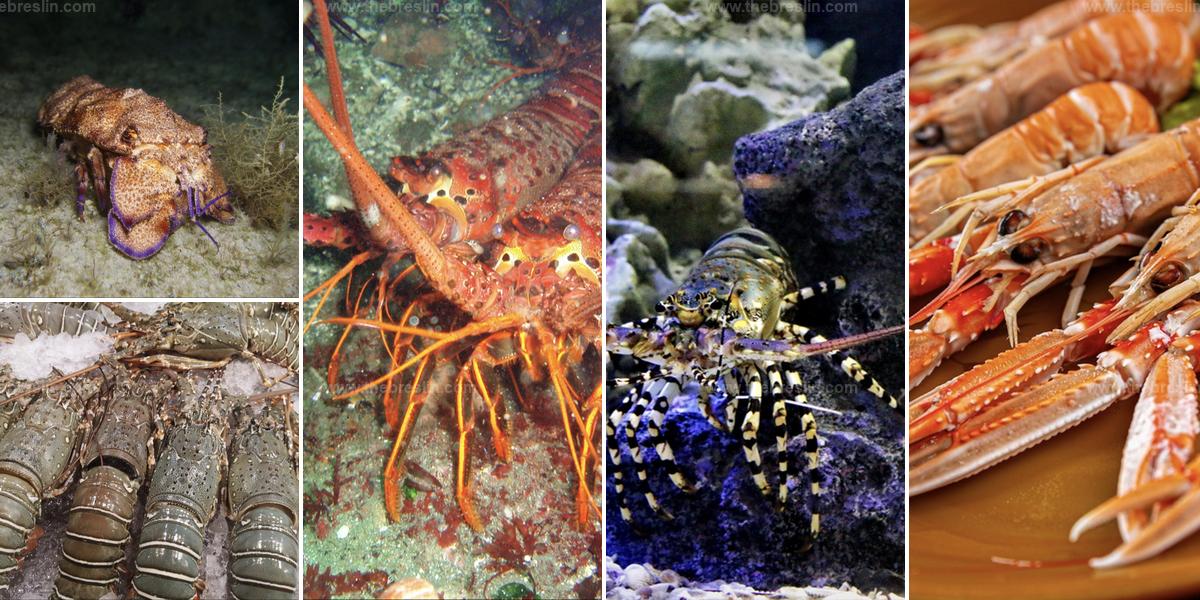
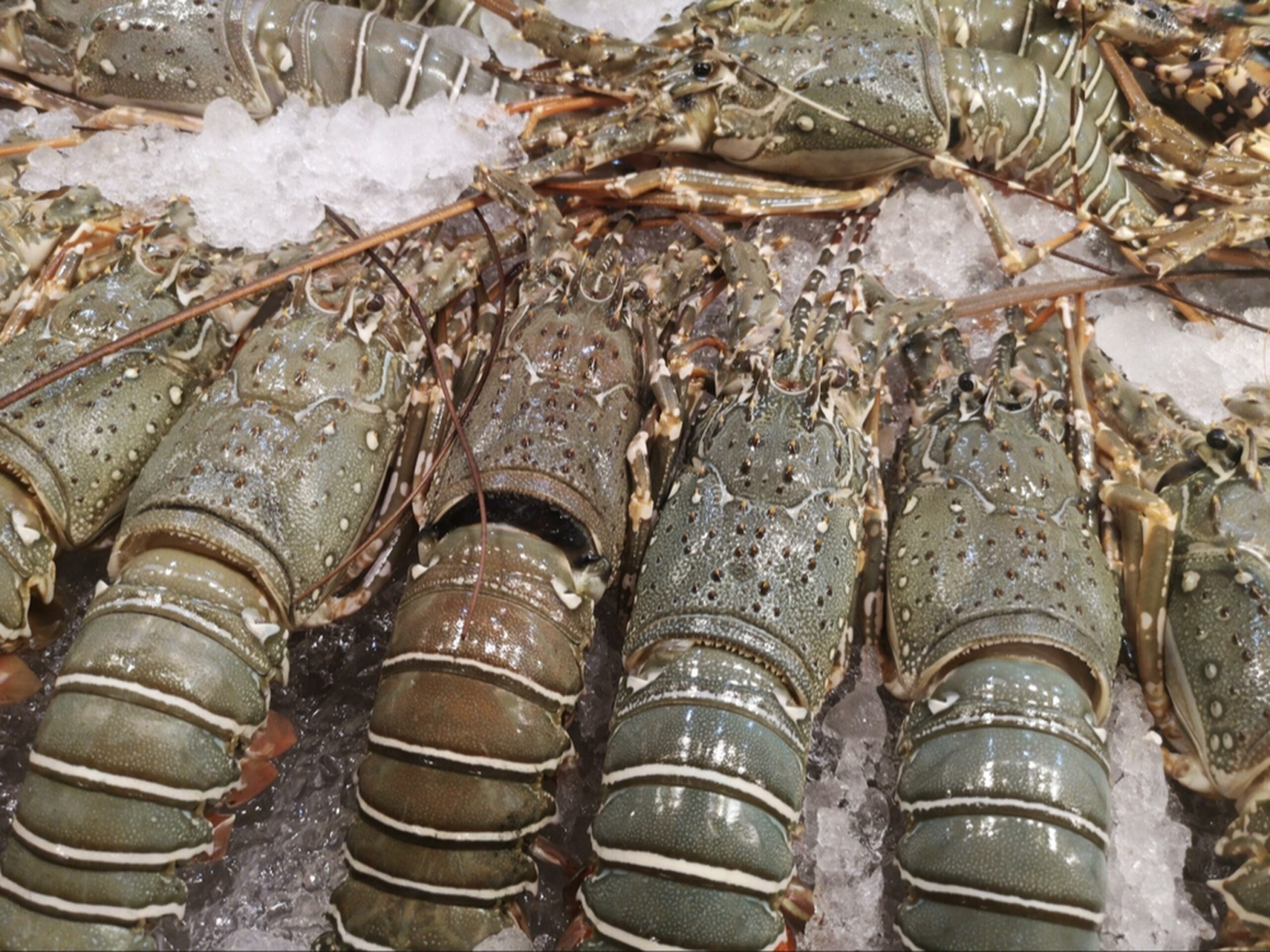
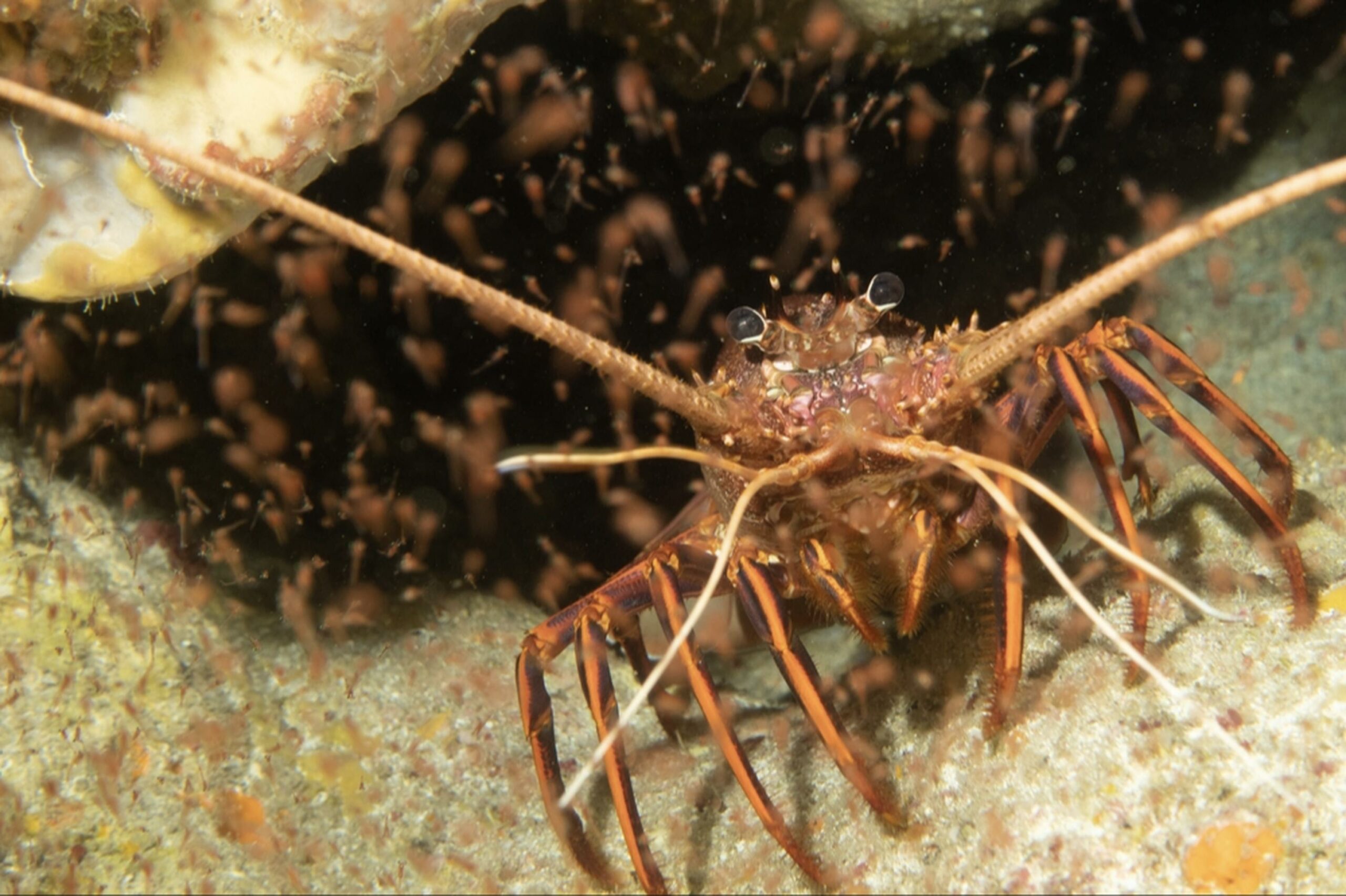
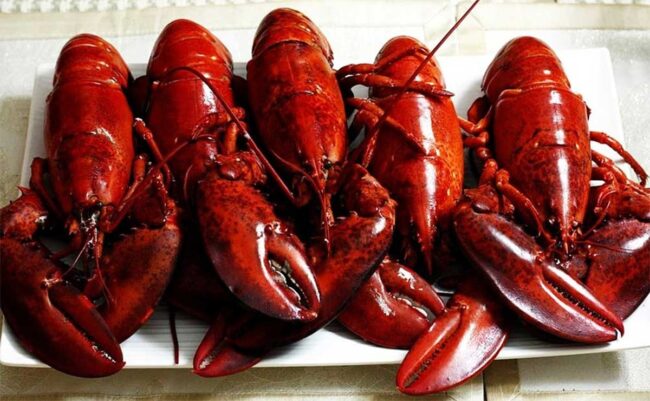
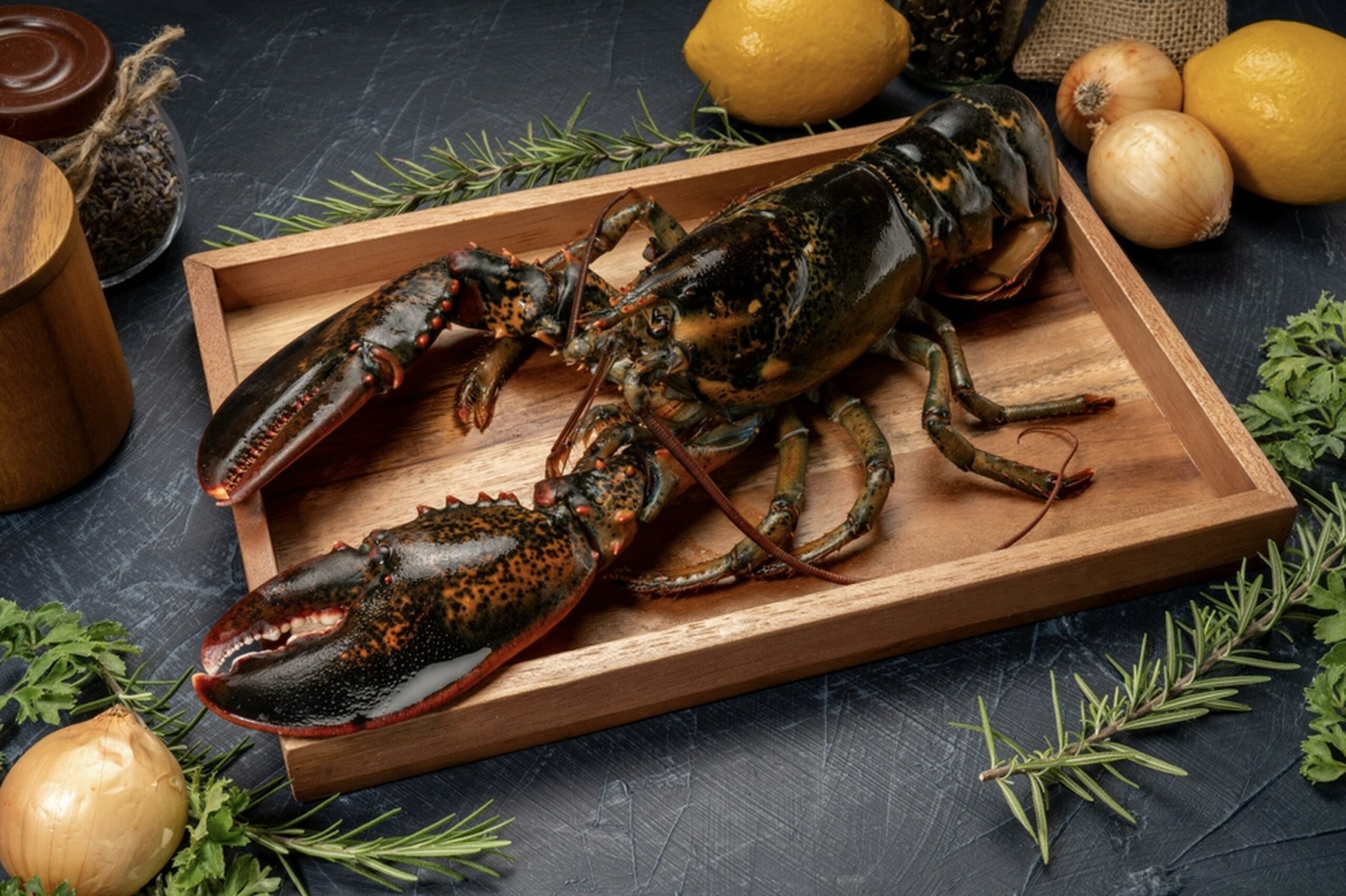
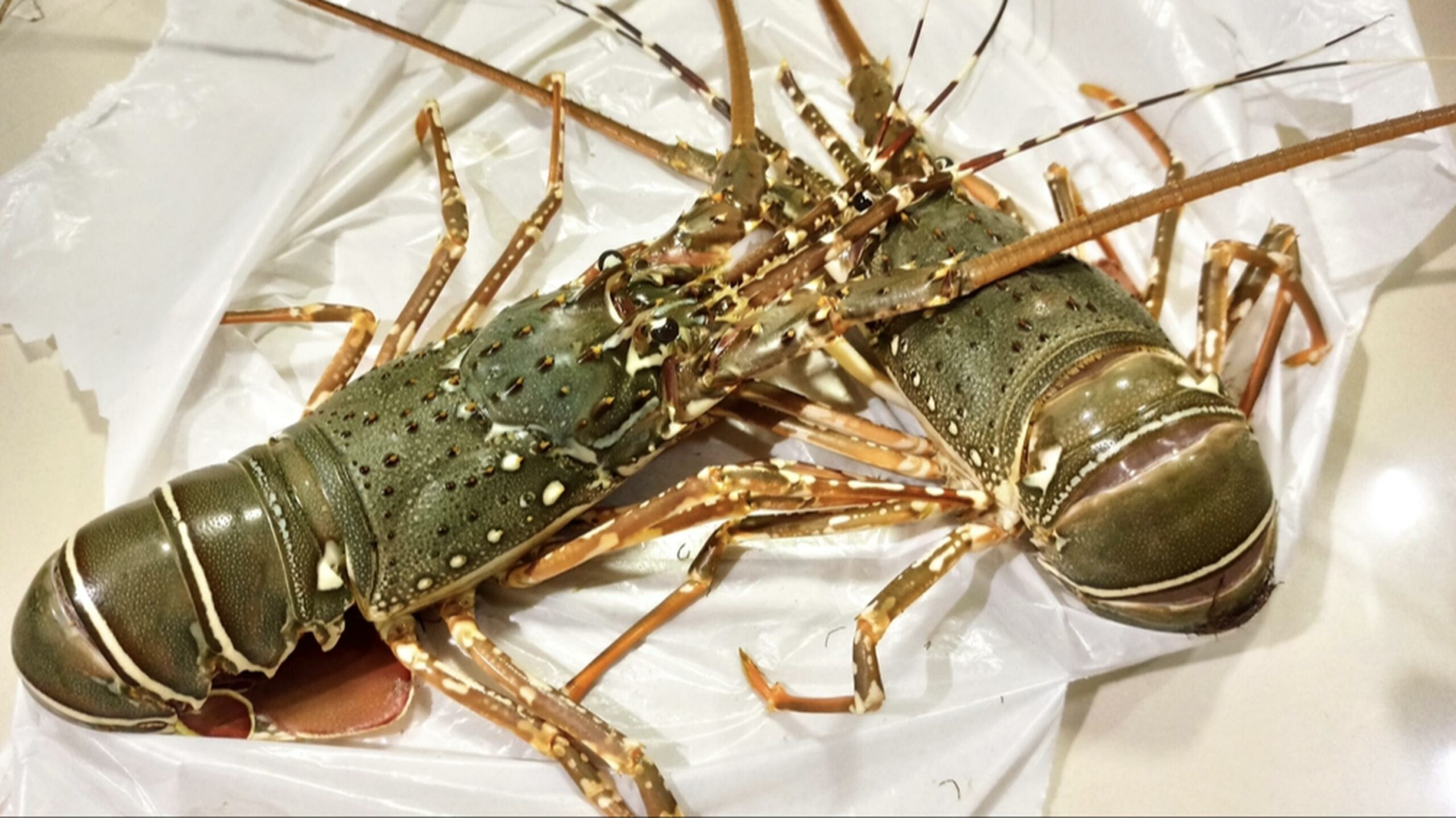
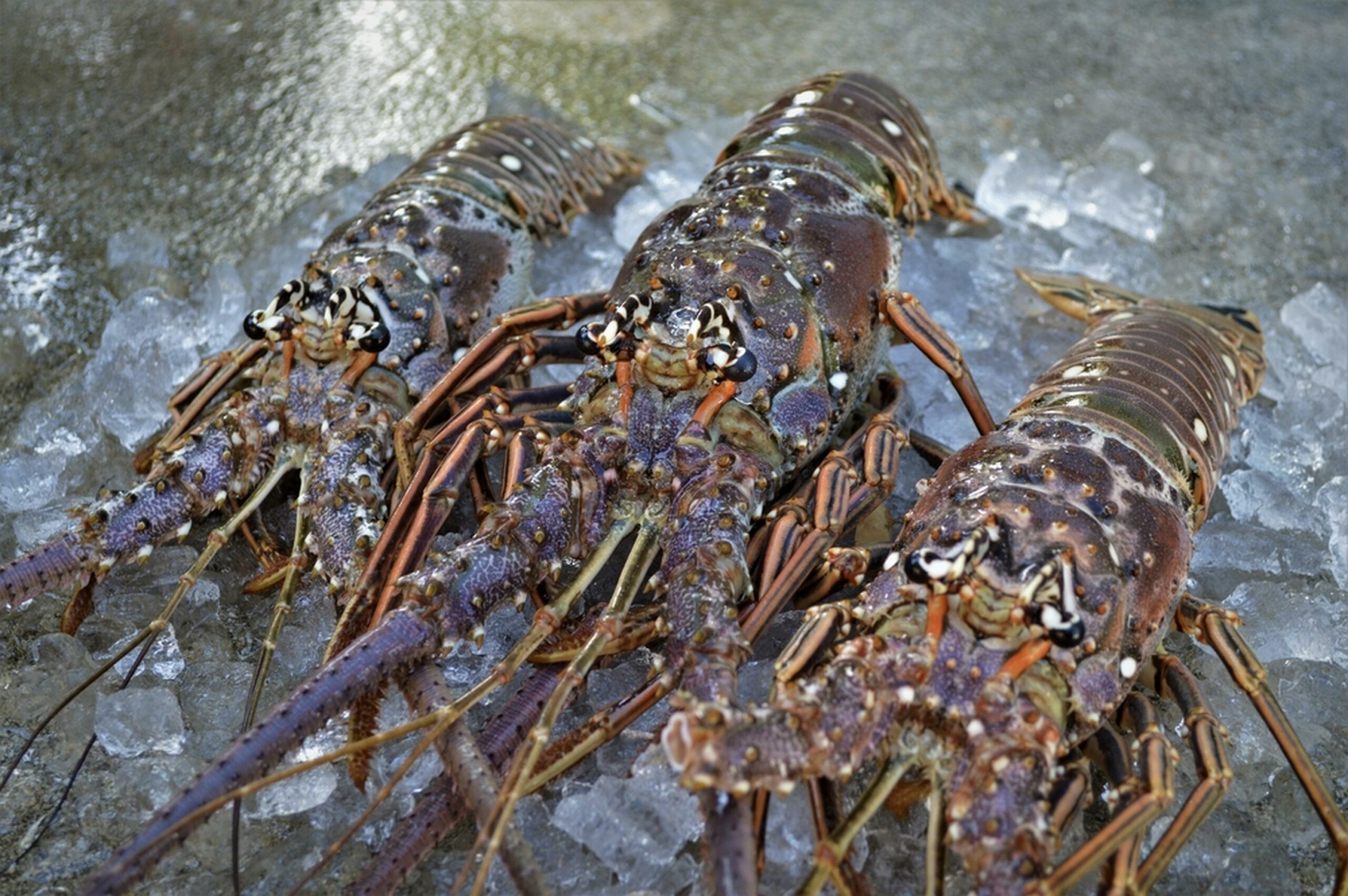
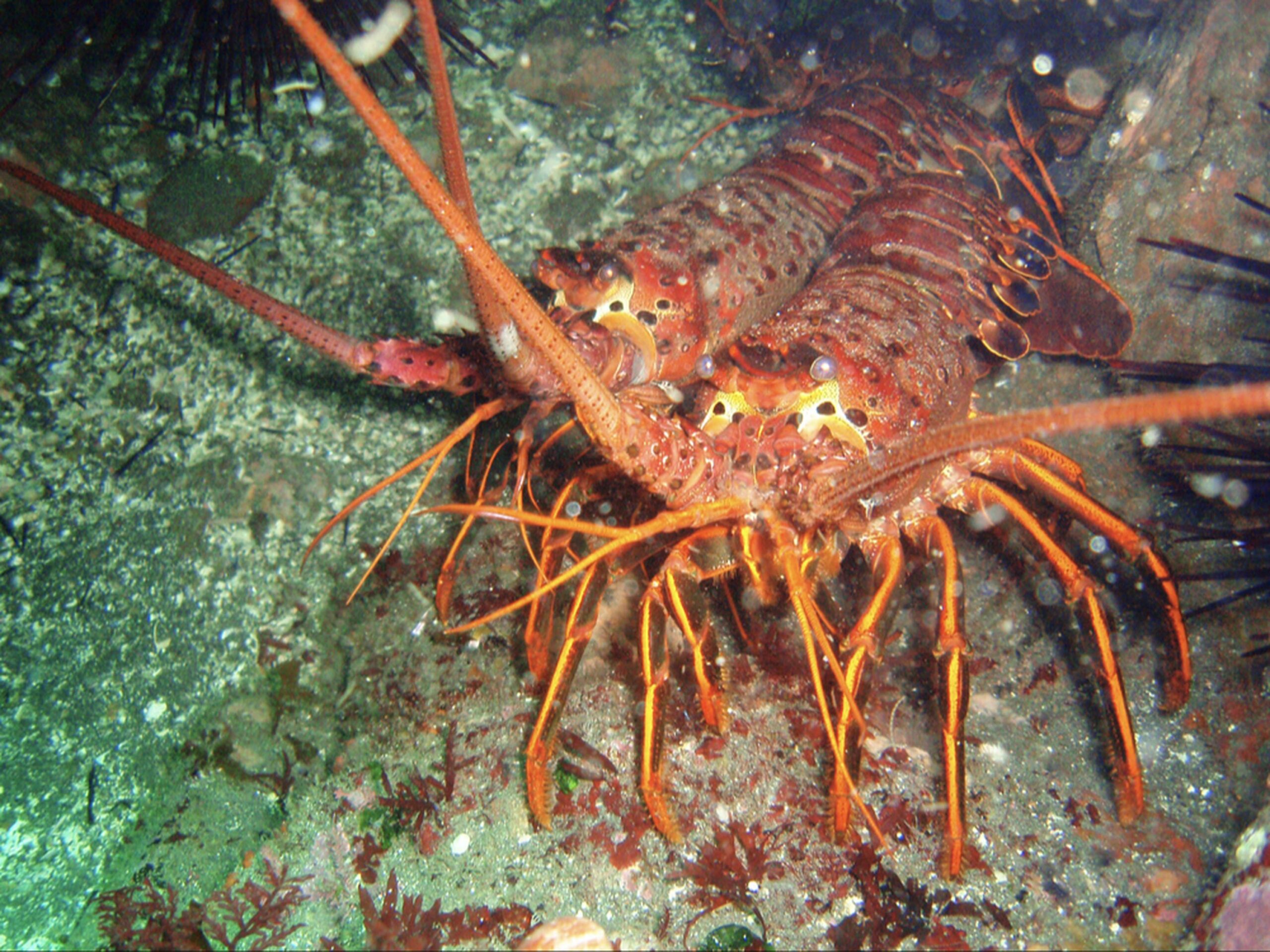
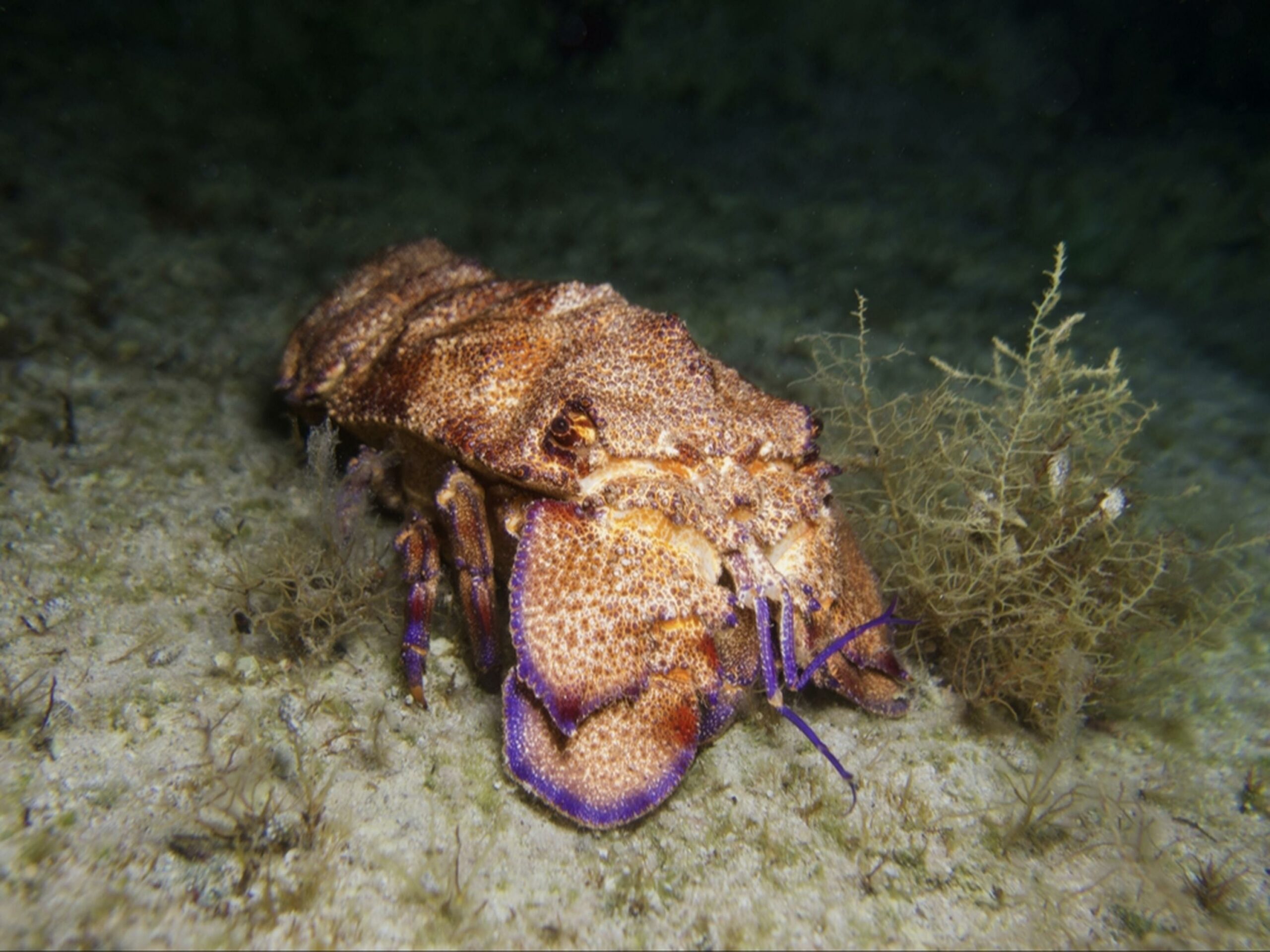
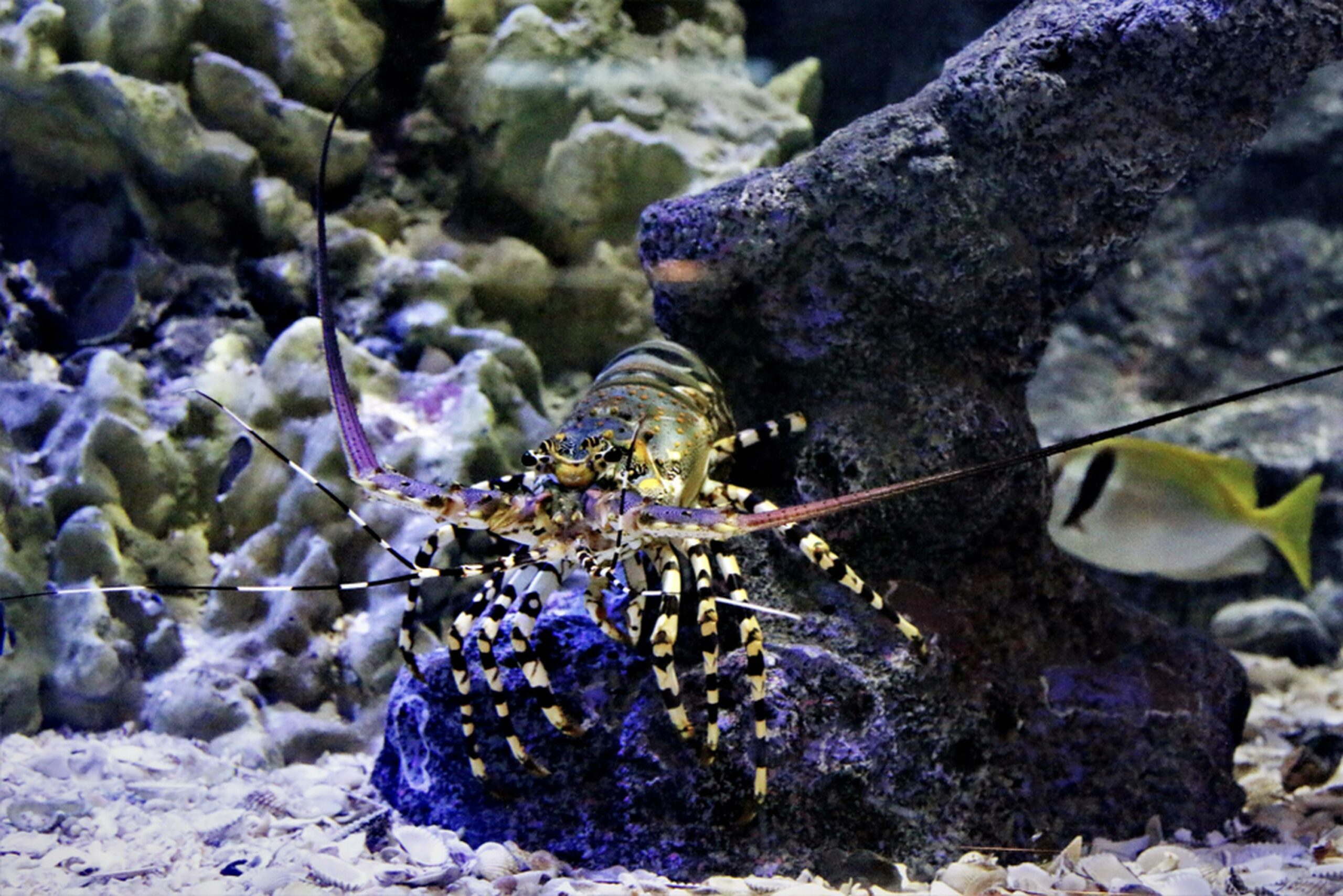
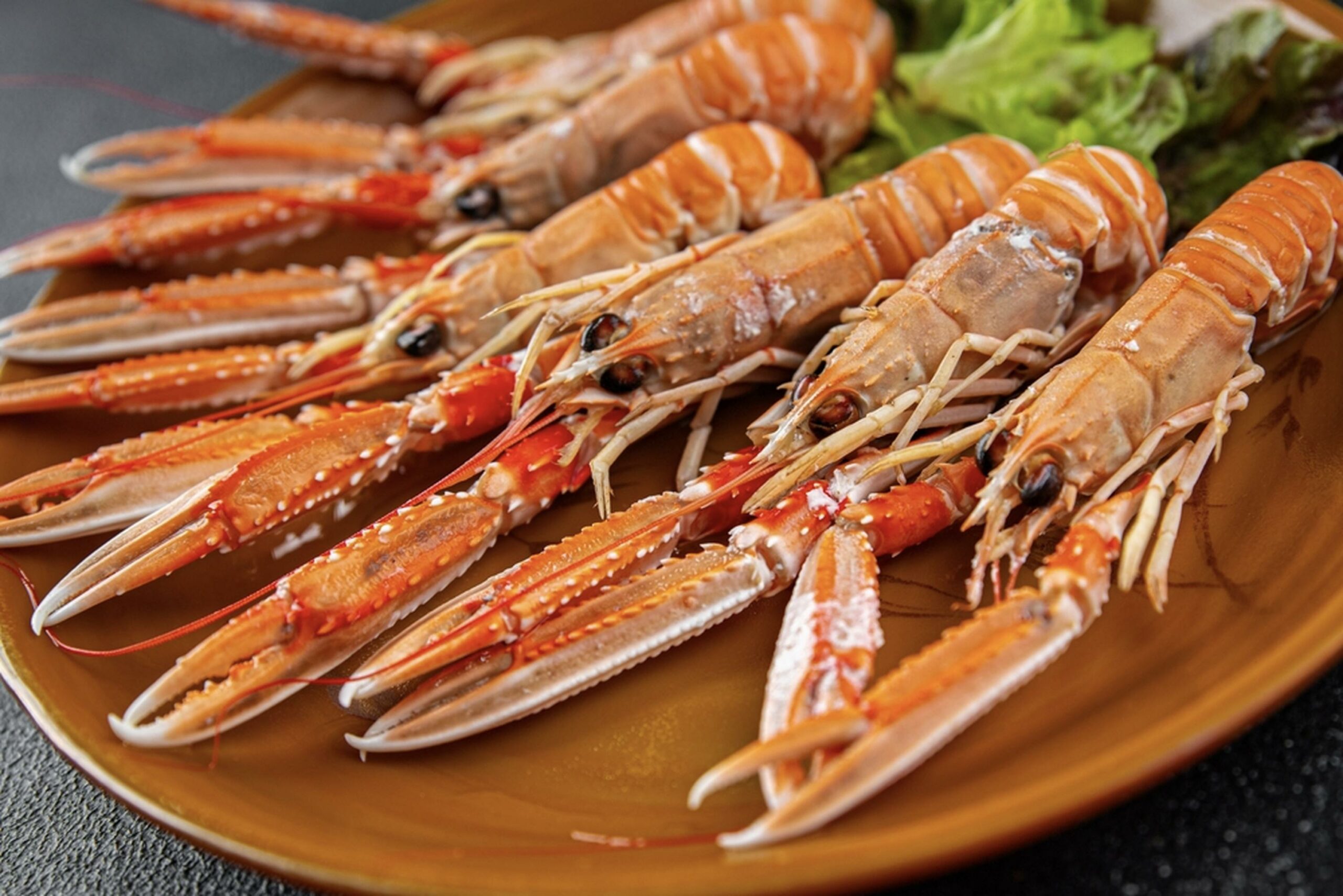
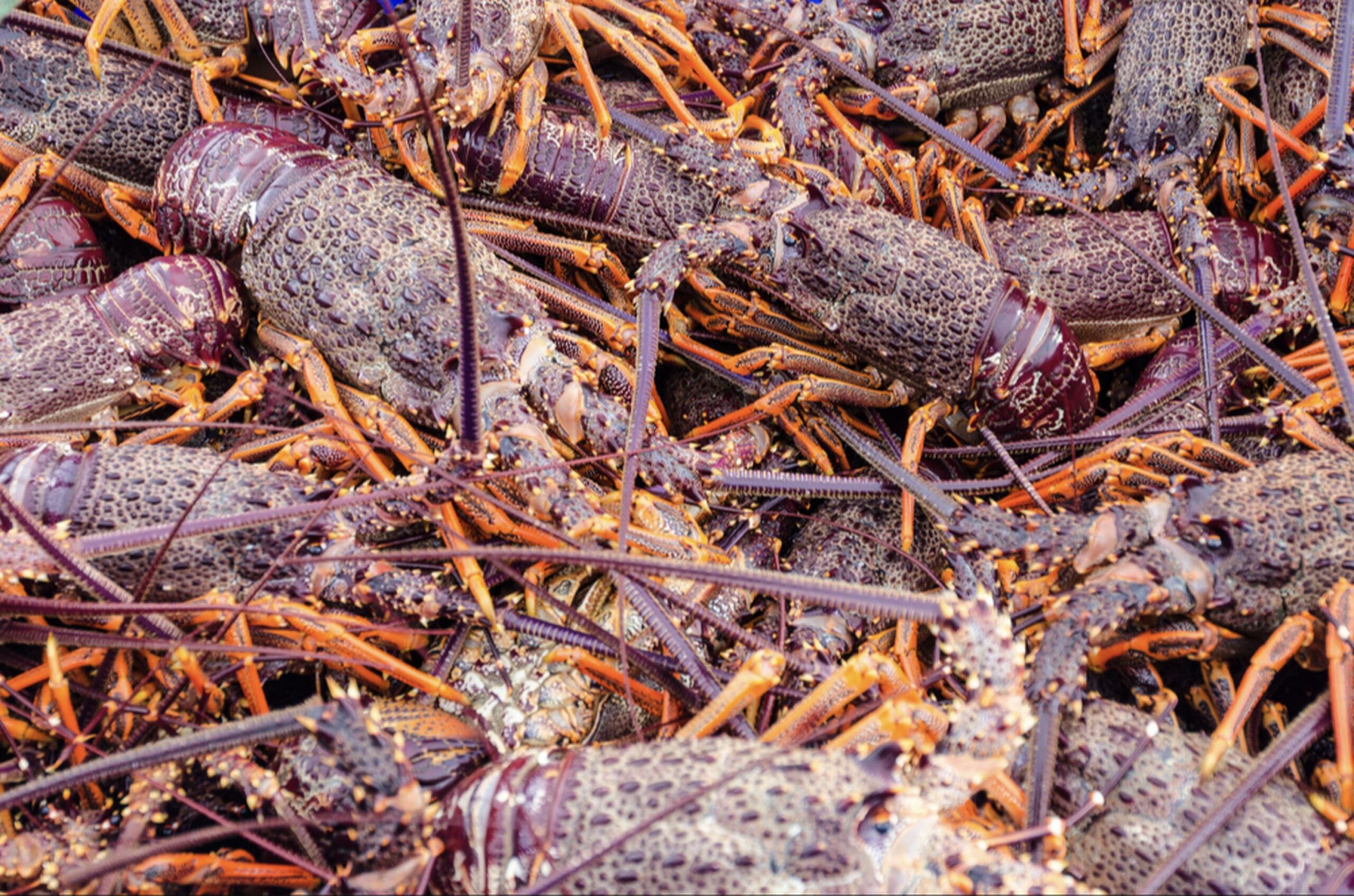
David Martinez
Travel and Food Writer
Expertise
Culinary Travel Writing, Food Photography, Cultural Food Exploration, Restaurant Reviews, Gastronomic Event Coverage
Education
The Culinary Institute of America (CIA), Greystone Campus, St. Helena, CA
Program: Associate Degree in Culinary Arts
Focus: Hands-on training in culinary techniques and kitchen management, blending traditional methods with contemporary food trends.
Le Cordon Bleu, Paris, France
Program: Grand Diplôme (Diploma in Cuisine and Pâtisserie)
Focus: Comprehensive culinary training in both classic French cuisine and pastry arts, emphasizing precision, creativity, and professional kitchen operations.
David Martinez is a travel and food writer who explores the world one dish at a time. With culinary training from The Culinary Institute of America and Le Cordon Bleu, David captures the heart of each place he visits through its food. His journeys, from vibrant markets in Asia to intimate bistros in Europe, inspire his storytelling.
At thebreslin.com, David shares recipes and stories that give readers a taste of global food culture. His approachable writing and passion for authentic flavors help readers feel connected to the world’s kitchens, one bite at a time.